Hope’s How-To: The Robins Are Back
Written by H, Posted in Gardening
If you were following along on the blog last year, you read all about the family of robins that nested on the nesting shelf that Wes built me. Well friends, the robins are back! Wes and I were so excited to see on Saturday night that the robins have officially built their nest on our nesting shelf, and we are so looking forward to seeing another robin family grow and take flight right in our own yard.
A bit of back story for you: At the beginning of April, I noticed that there were some twigs on our nesting shelf. I knew these had to be recent, as after our robin family flew the coup last year, Wes and I disposed of the old nest and sprayed down the nesting shelf. I noticed one day that there were grackles up on top of the shelf. Concerned, and thinking that perhaps it was grackles and not robins using our shelf, I cleared off the shelf once again.
Three full weeks passed, and I waited patiently for the robins to nest. Nothing. Then, last week, I asked Wes to spray off the shelf again (lest the scent of the grackles was deterring a robin family from nesting). He did, and what do you know — we checked on Saturday night and in a span of less than 8 hours — the robins had built a whole nest!
While it’s certainly not as neat as last year’s nest, it would appear that the robins are here to stay for the season. If you’re looking for ways to attract robins in your own yard, you should note that robins love blueberries (any berries, really). Also, if you’ve got a lawn that is more moist than dry (worms love moisture), you’re more likely to attract robins to your yard.
So far, it appears that our robins are making themselves at home. The robins have been busy around our yard, searching for worms, mating (I think?), and preparing to lay their eggs.
Stay tuned for more photos as the season moves along. We are excited once again to be sharing the journey of the robin’s nesting shelf and robin family with you!
For more on last year’s robins, click here.
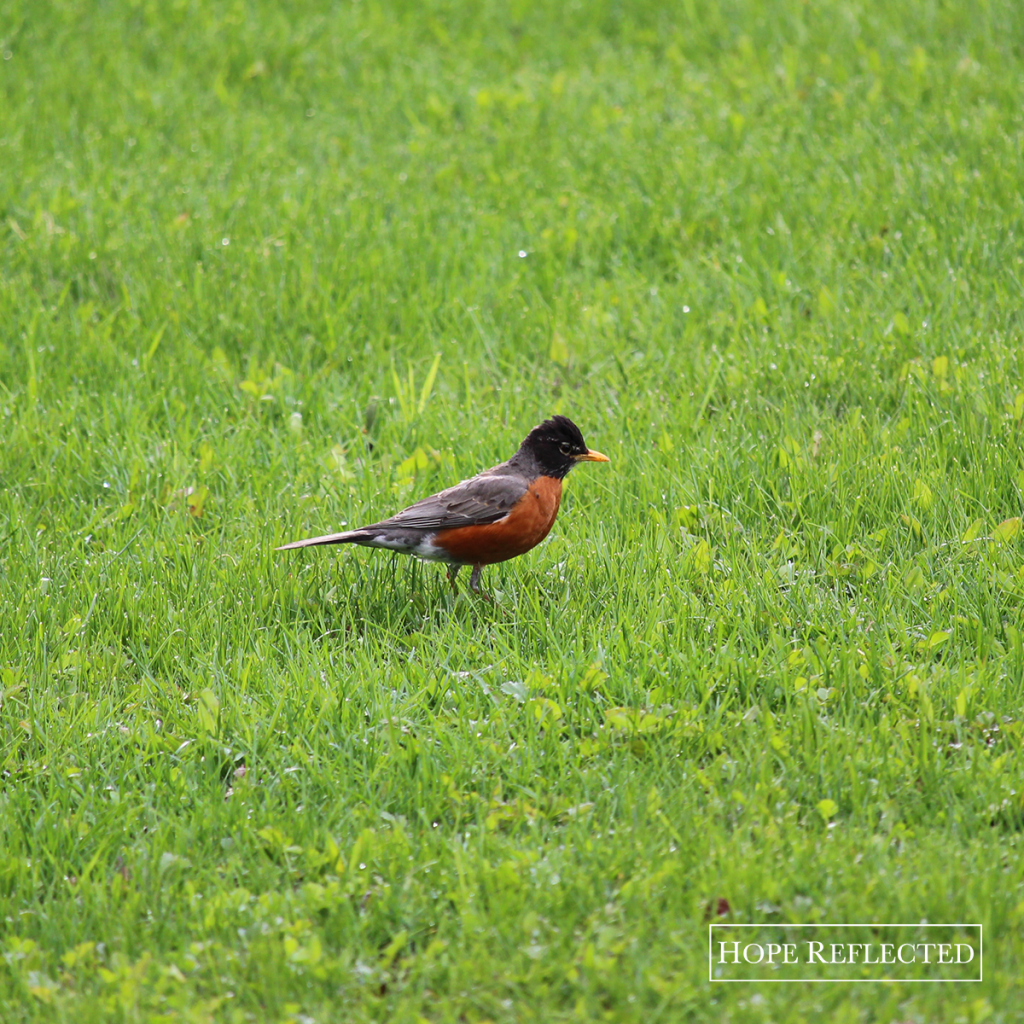
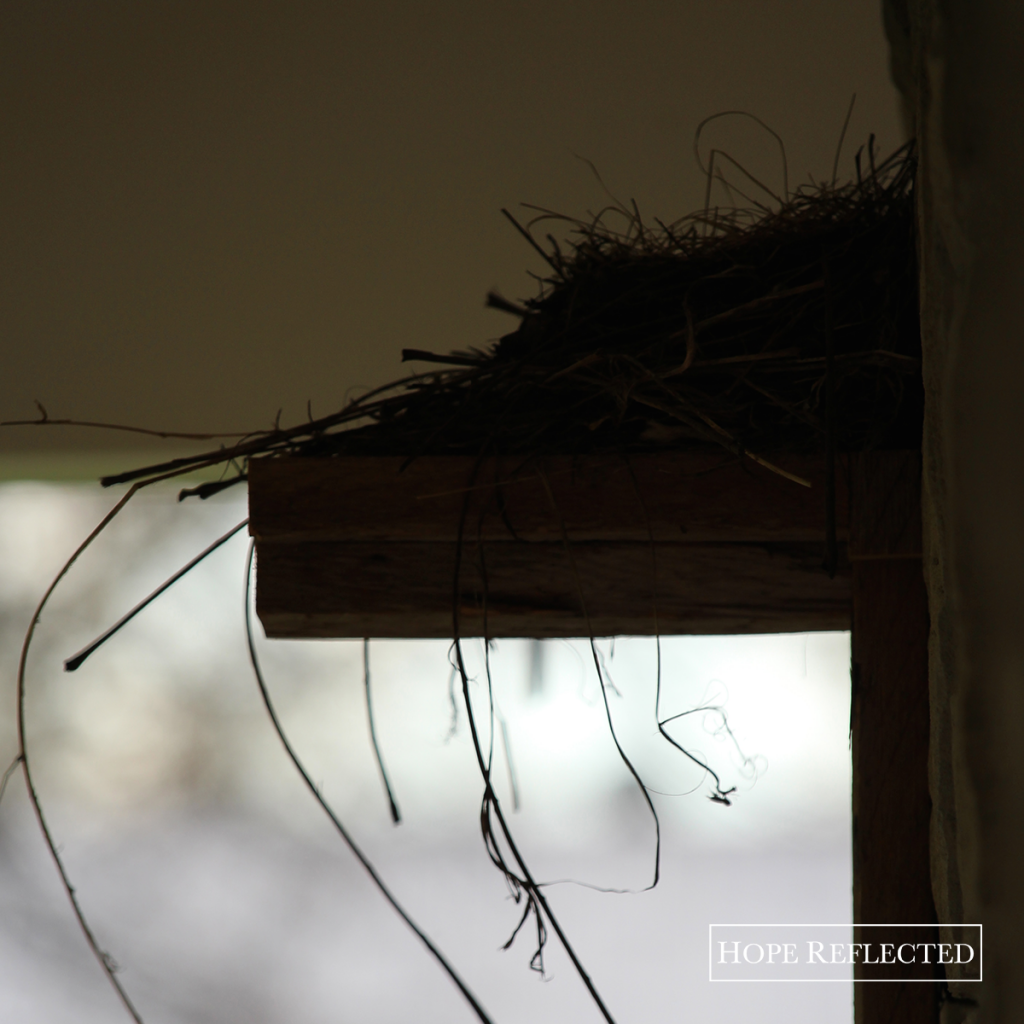
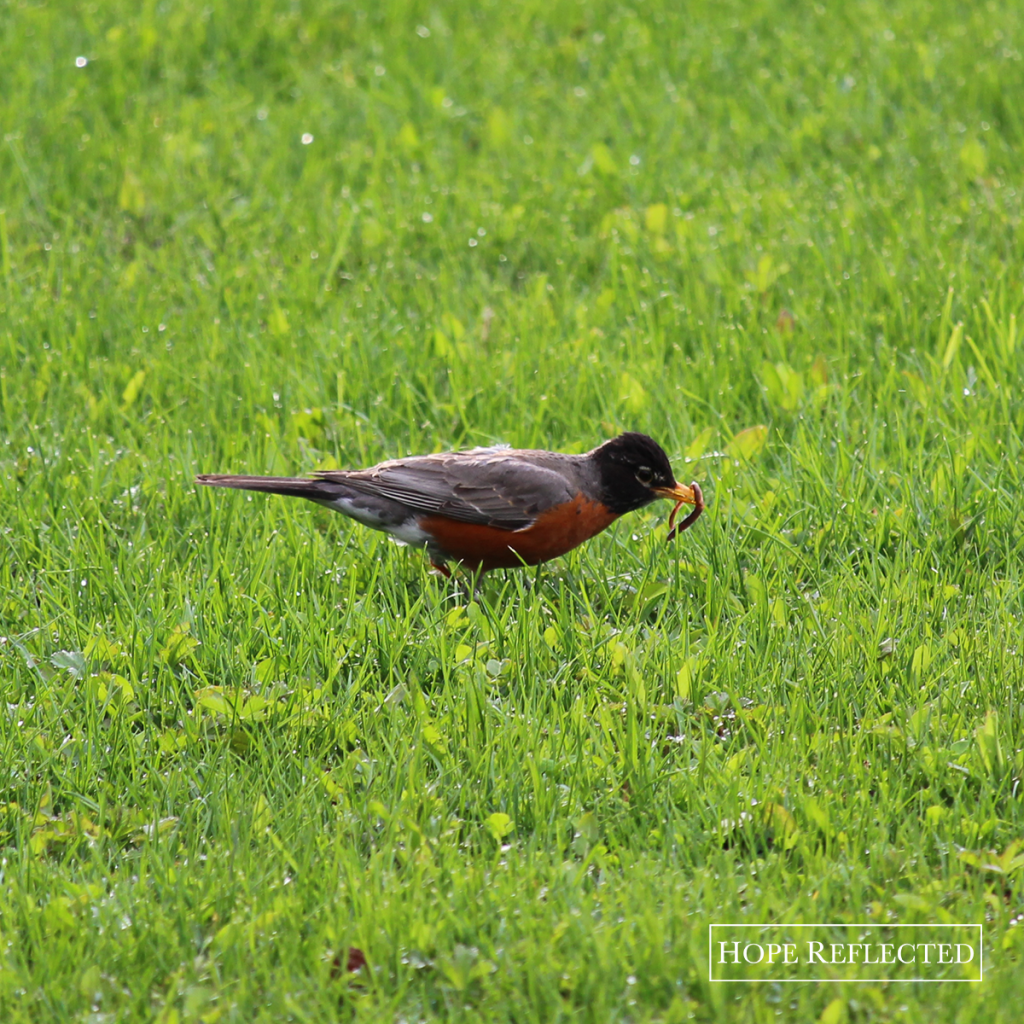
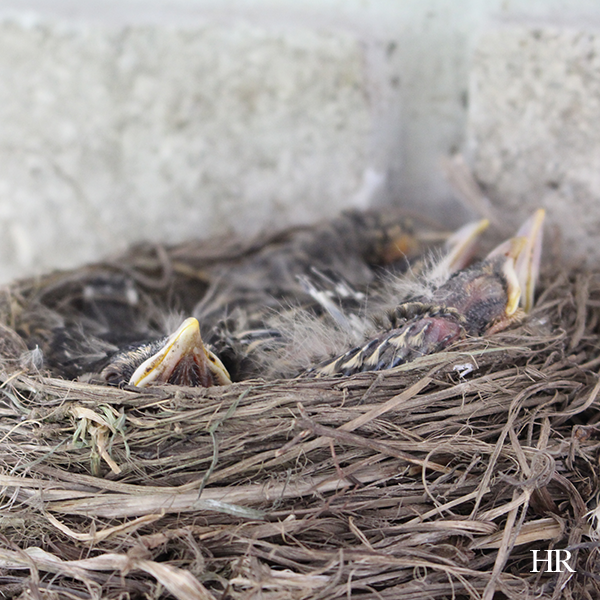
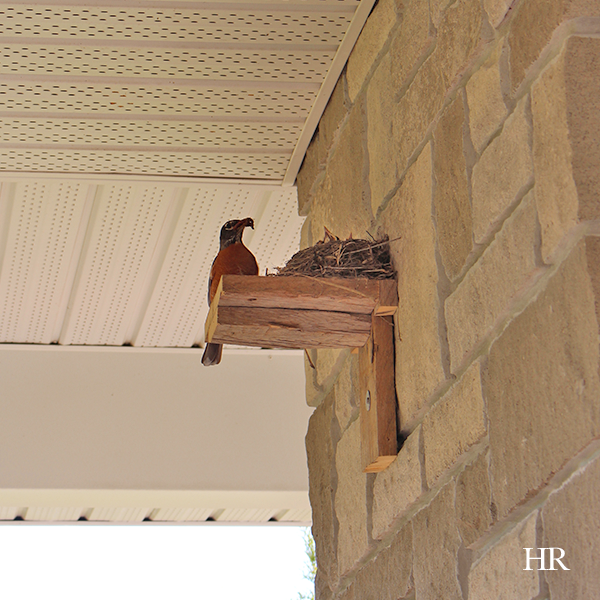
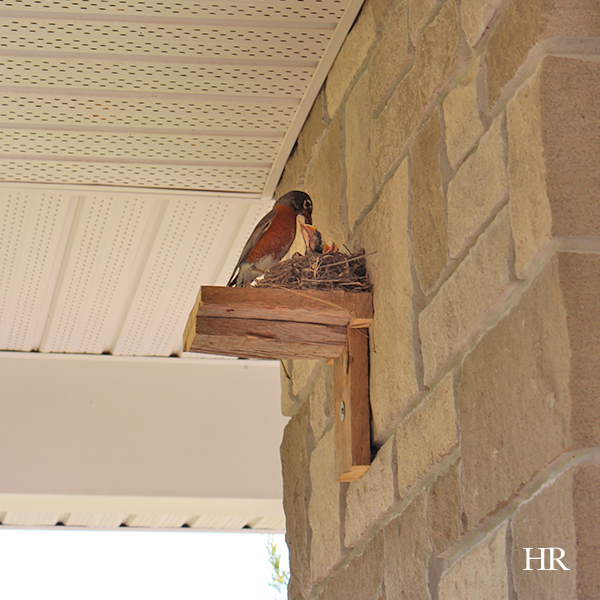
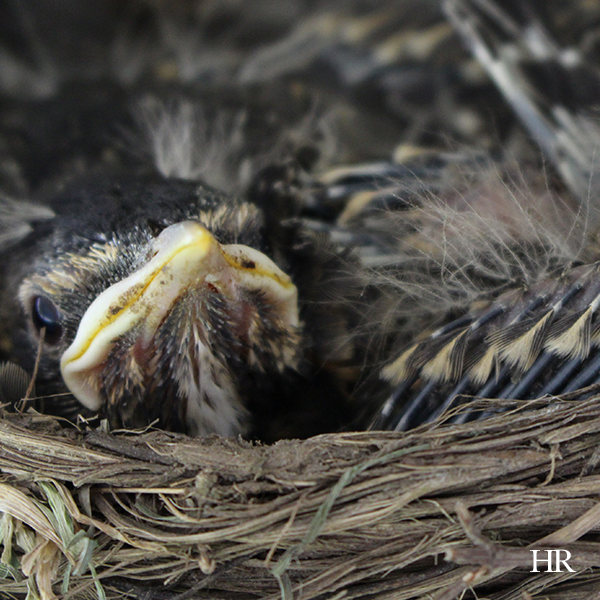
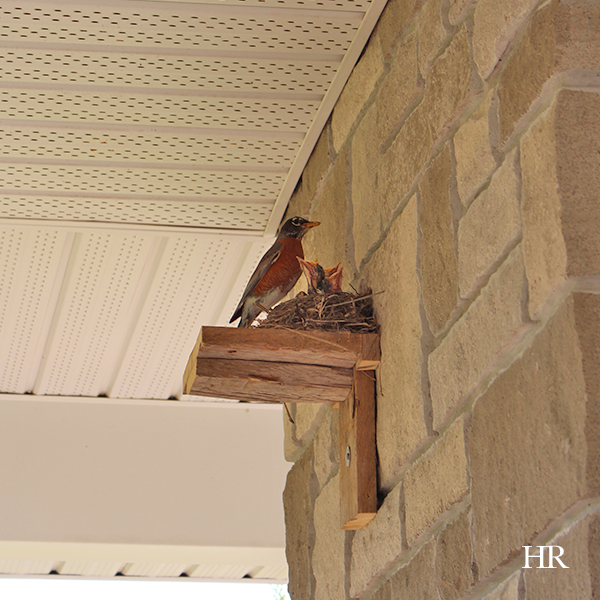
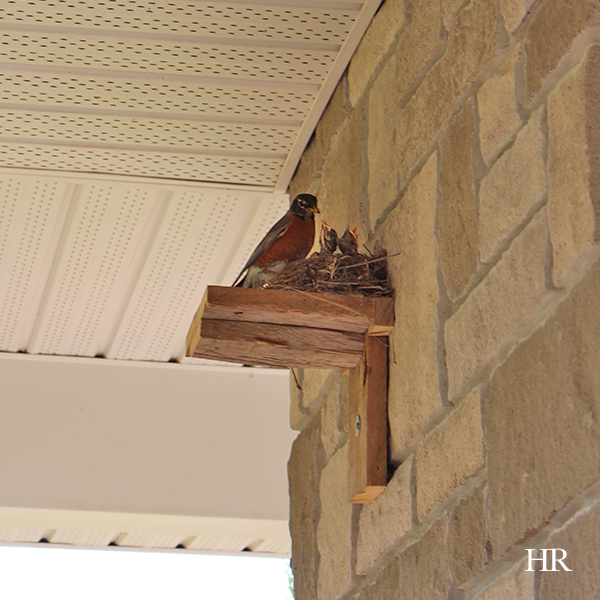
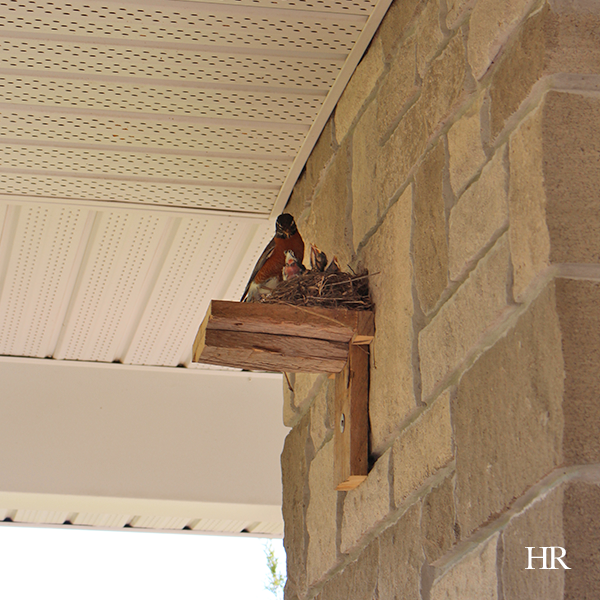
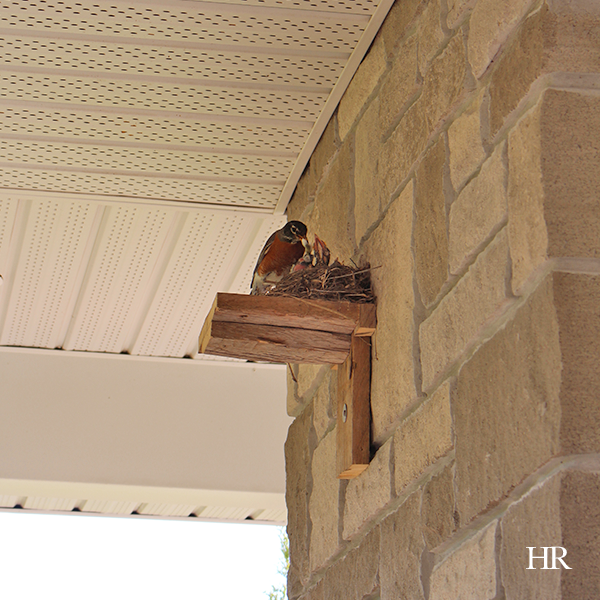
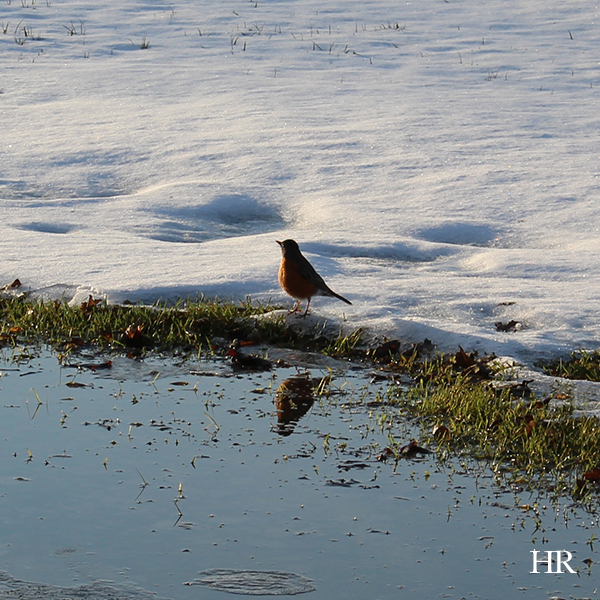
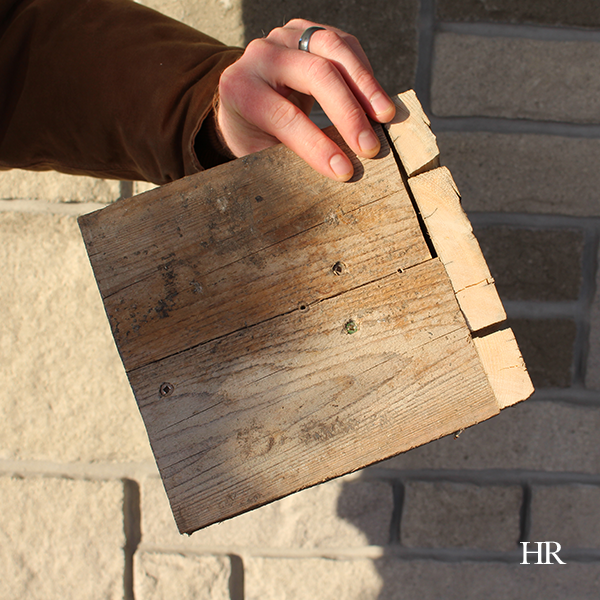
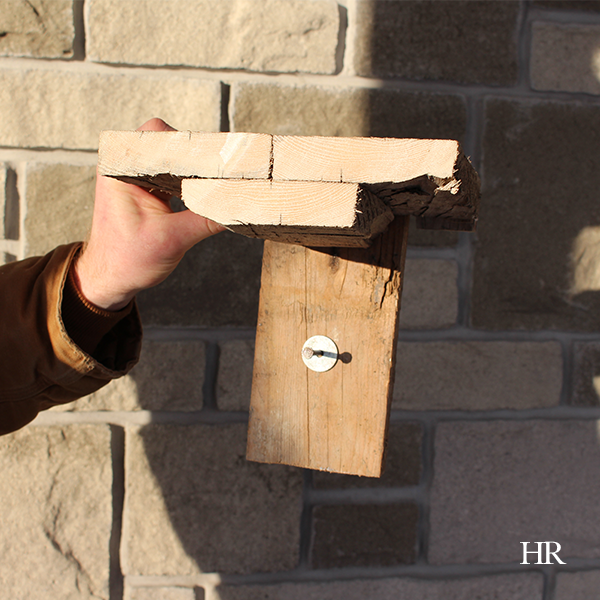
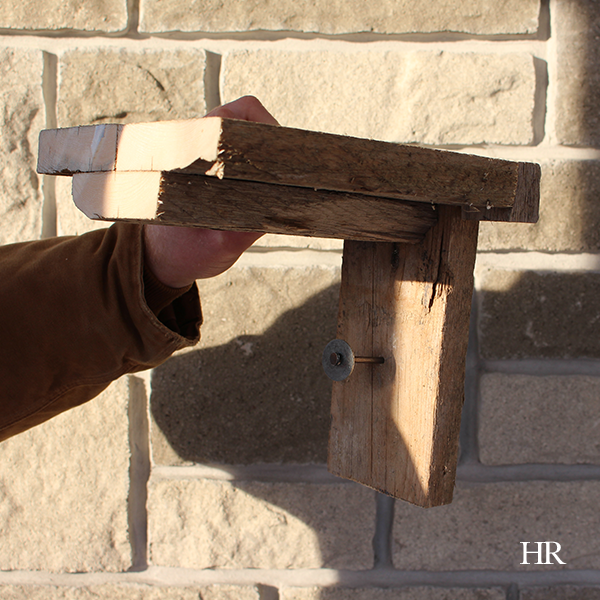
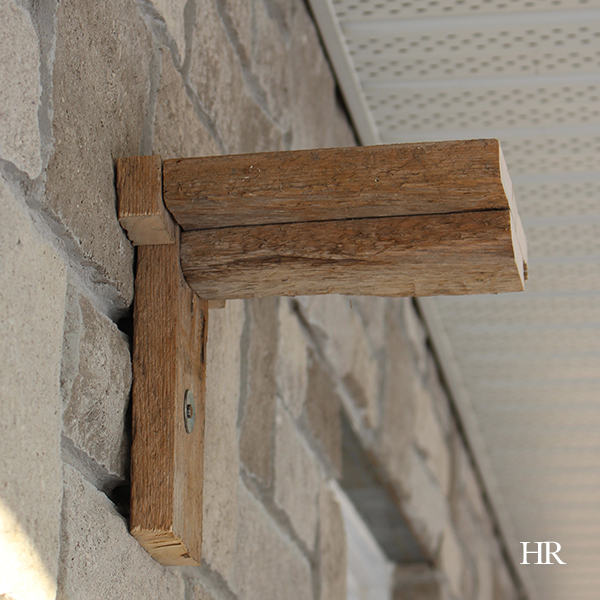


![False friends or counterfeit kindness; whatever you want to call it, the world is filled with people who will say one thing to your face and then another behind your back; people who will woo you in order to get something from you.
It’s sad, but it’s true.
The Bible provides us with examples from Joab to Judas, and yet, we’re surprised when we find ourselves deceived and hurt by someone else.
So what are some of the hallmarks of a true friend?
You can read more about this on hopereflected.com [Link in profile]
.
.
.
#friends #friendship #kindness #counterfeitkindness #hurt #proverbs #truefriends #hopereflected #blog #blogpost](https://www.hopereflected.com/wp-content/plugins/instagram-feed/img/placeholder.png)